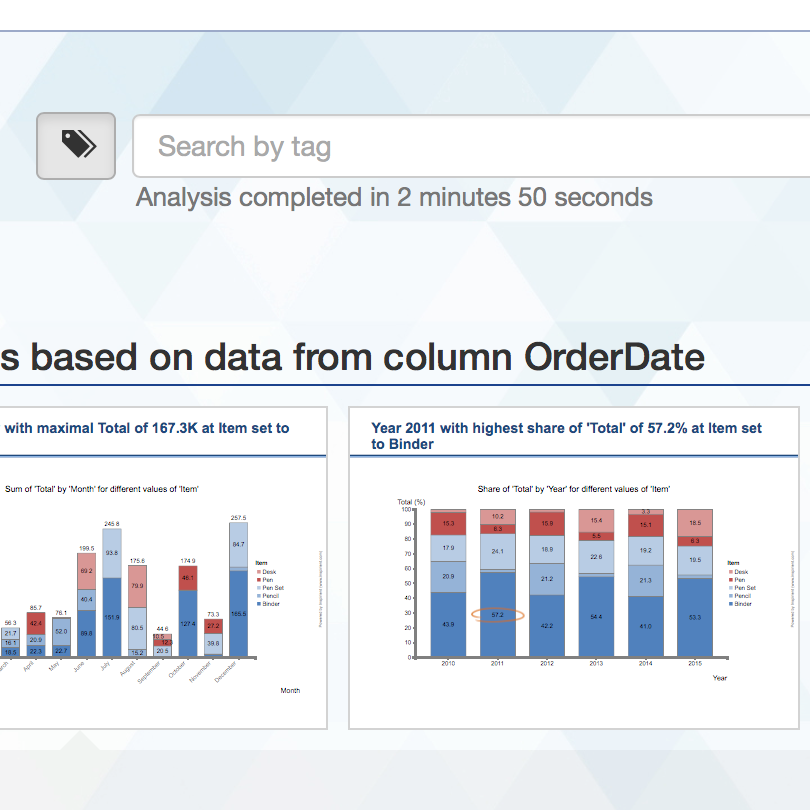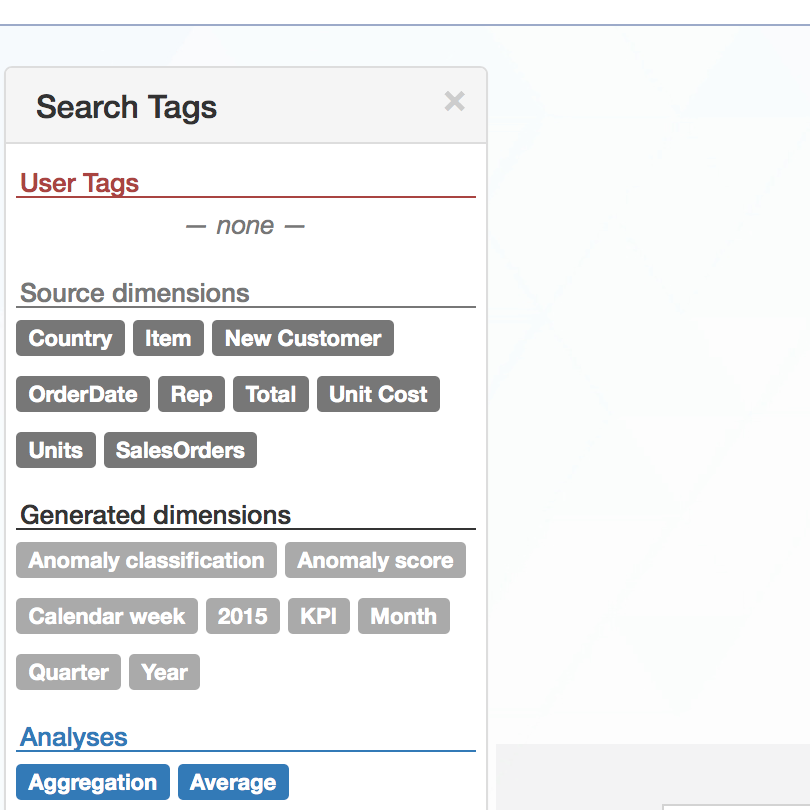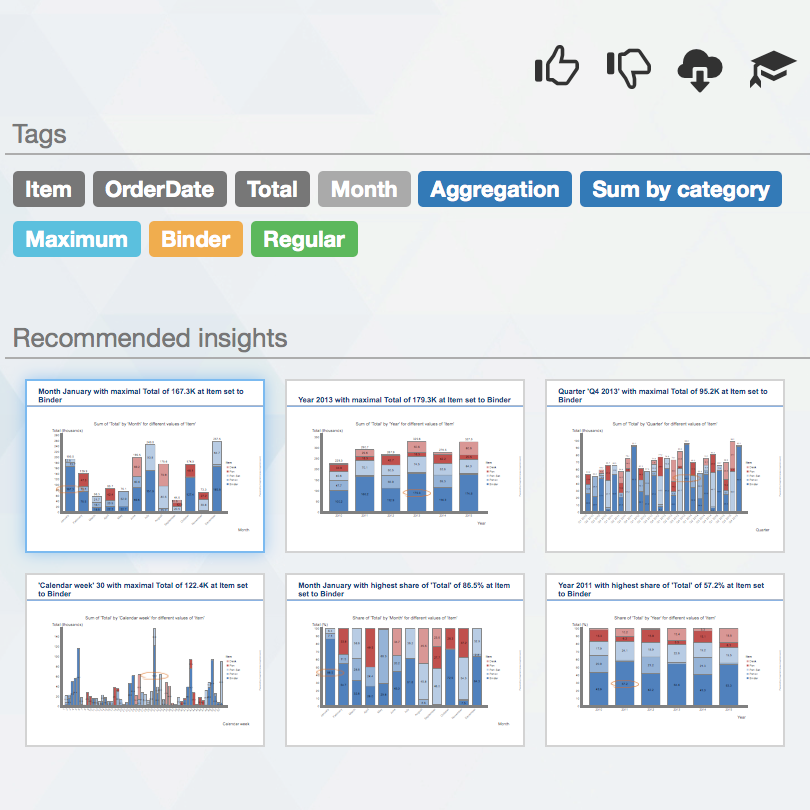Download Center
Opinion Research
Results specific to the field of public opinion polls
Contingency Tables
Contingency tables (or cross tabulations) display the frequency distributions of a dataset's variables
Contingency tables - Police Killings US (13 Feb 2022).xlsx
Contingency tables - Police Killings US (13 Feb 2022).zip
Miscellaneous
Other downloads resulting from this analysis
Enriched Input Data
You are about to download a large number of slides!
You have requested to download a large number of slides might take some time to process and may result in a file that is too big to share—please consider going back and downloading the current page.
Also, did you know that you can share these results directly from the recent analyses? Select the 'Share with others' option from the drop-down menu next to any analysis.
Creating your requested presentation
We are getting your presenation ready...
0% complete
| Name | Type | Slides | Date | Remove |
|---|
— none —
Please sign in to start using this feature
 Enriched input data - PoliceKillingsUS (13 Feb 2022).csv.zip
Enriched input data - PoliceKillingsUS (13 Feb 2022).csv.zip Enriched input data - PoliceKillingsUS (13 Feb 2022).json.zip
Enriched input data - PoliceKillingsUS (13 Feb 2022).json.zip


